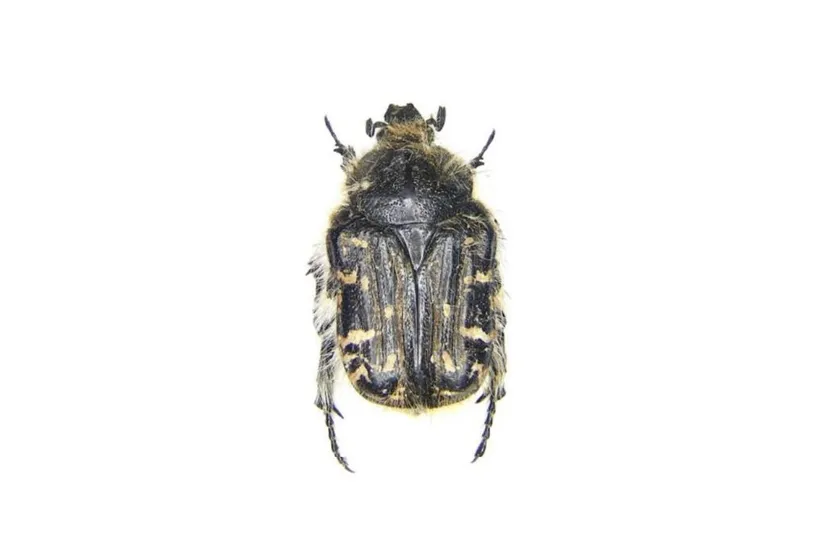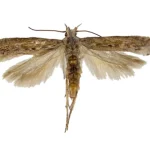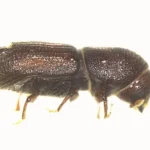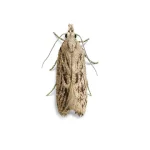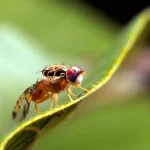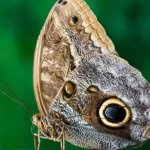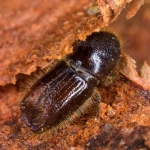Bruchus rufimanus is a harmful insect species that causes significant damage in agricultural areas. It also harms fruit orchards, ornamental plants, and field crops. The effects of this species typically begin to appear in the spring.
Bruchus rufimanus there are many methods used to combat. Among these, cultural control methods and traps are the most important. It is crucial to combat this species to protect the yield quality of agricultural products and prevent damage to the national economy.
Damage Caused by Bruchus Rufimanus
This insect species, which causes losses particularly in agricultural areas, usually has a dark-colored, short-haired structure. Its resemblance to bees makes it difficult for farmers to recognize. It can feed on various plants and spends the winter as larvae in the soil. The effects begin to manifest with the arrival of spring.
This species is known for its damage to agricultural areas. The ways in which this insect causes damage can be listed as follows:
Regular monitoring and population tracking are necessary to achieve success in combating Bruchus rufimanus damage. Effective combat is essential, as failure to control this pest can lead to reduced yields in agricultural products, a decrease in production quantity, and income loss for farmers.
The destruction caused by this pest also reduces the quality of the products, thereby decreasing their market value both domestically and in exports. This leads to significant economic damage to the country.
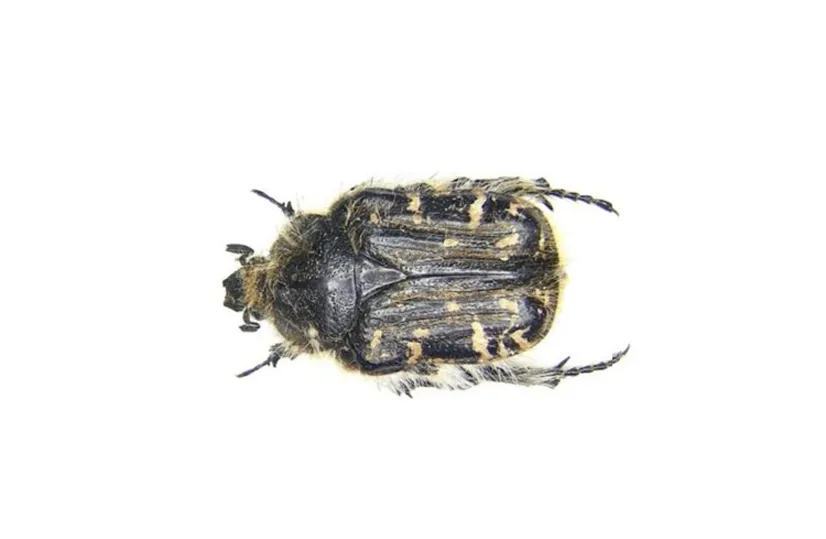
How to Combat Bruchus Rufimanus?
One of the methods used to combat this insect species is cultural methods. This method aims for effective combat with the insect species. There are several steps to be taken here. First, tilling the soil can help eliminate the larval and pupal stages of this species.
Cleaning plant residues after harvest reduces the breeding and sheltering areas of the pest. Not planting the plants that the pest feeds on can lead to a decrease in the population.
In addition to cultural methods, successful results are also obtained with mechanical and biological methods. Another effective method used in combating this species is traps.
Pheromone traps, one of the biotechnical methods, are highly effective in combating this harmful insect species. Pheromone traps attract and capture male insects by using the pheromones secreted by female insects. This method monitors and controls the insect population.
Advantages of pheromone traps include:
- Targeting the reduction of the male population.
- Being used to monitor population density.
- Targeting a specific harmful species, thus preventing harm to other beneficial insects.
- Significantly reducing the use of chemicals, minimizing the use of pesticides, which are heavily preferred in agricultural areas.
- Providing economic savings to producers by limiting chemical use.
- Protecting the environment and enhancing the quality of products.
The correct use of pheromone traps is crucial. These traps must be placed in the right places at the right time. Additionally, regular maintenance and control of the traps are important for tracking the number of captured insects and monitoring the population.
For accurate and effective combat methods against Bruchus rufimanus, you can contact Kapar Organic.

